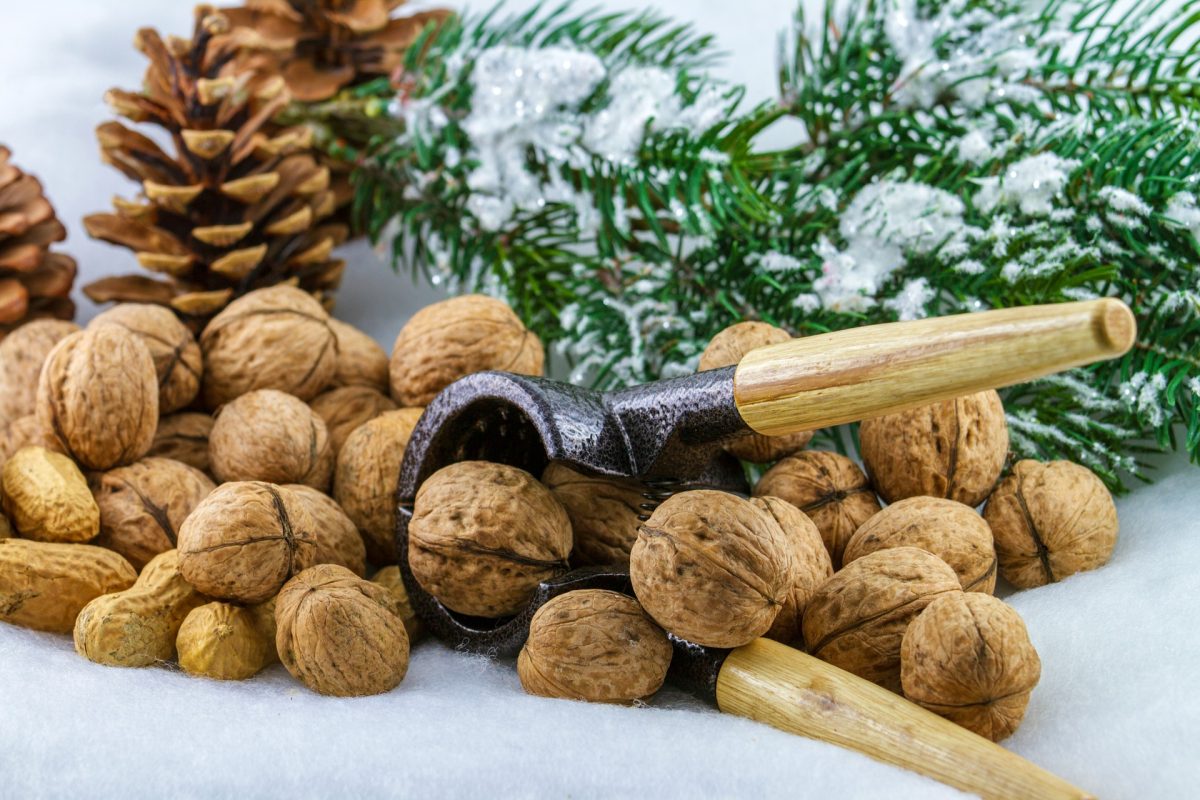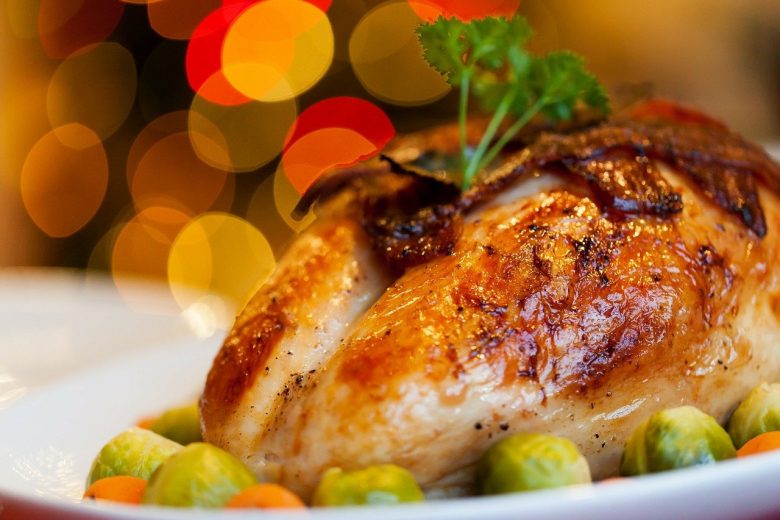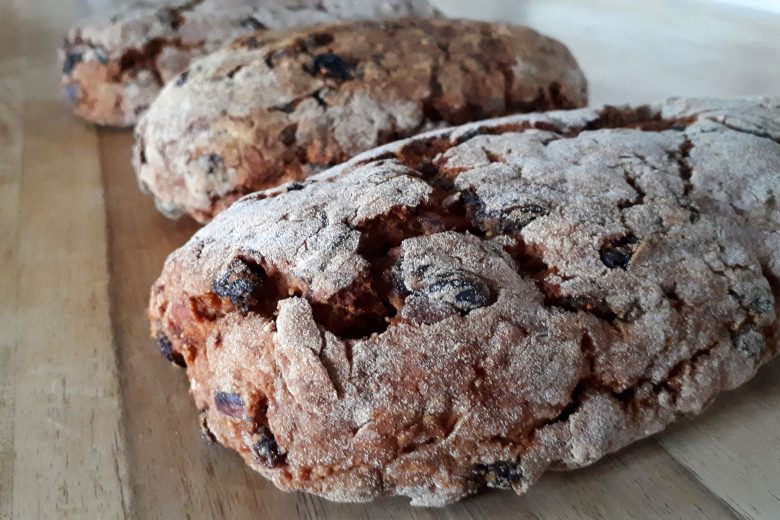The Traditional Christmas table in Crete

In this article, we will take you on a culinary trip all over Crete, and show you how a traditional Christmas table looks like in any household in Crete.
Christmas and New Year are one of the two most important religious holidays in Greece. The 12 festive days between Christmas Eve and Epiphany have been associated with myriads of local customs whose social mission was, in addition to honoring the birth of Christ, to strengthen family ties. As we can easily imagine, a great way to gather the whole Greek family and verify its ties, was the food and especially the traditional festive table with the necessary Christmas food.
All over Greece, Christmas is characterized by special, festive and, rich dishes. Each place has its delicacies and we have all associated Christmas with the smells of our homes. Although many introductory delicacies have their place on our table these days, most people want on the festive table dishes that take them back to their childhood, to the smells and tastes that remind them of moms and grandmas. If you want a “taste” of Cretan cuisine on your table, put some of the cheeses, cold cuts, and wines of Crete on your menu. The products of Crete now exist all over Greece and we dare to say in plenty of supermarkets in Europe too. Why not cook some Cretan delicacies for your loved ones, this holiday season?

Christmas turkey Photo Credit: PublicDomainPictures
Lassithi
At the Christmas table, there is pork, like the pork in the wood oven with lemon leaves, but in the following days, the meat is not missing either. Sausages, “apakia”, “siglino”, “tsigarides” “omathies” and turkey are favorite Christmas foods throughout the island.
“Apaki” is smoked pork meat
“Omathies”, are pork intestines stuffed with rice, raisins, and pieces of liver.
“Siglina”, are small pieces of pork, which are cooked and placed in large containers, and covered with the melted fat of the animal. The fat coagulated as soon as it lost its heat and the meat could be stored that way for several months.
Sfakia
In addition to the well-known Sfakian pies with honey and mizithra, we also find the pork groups or groups based on the intestines of the pig. “Tsiladia: is all the meat from the pig’s head that boils and the broth that results when frozen becomes a thick jelly in which the pieces of meat are located. Tsigarides, which are pieces of cooked fat with spices that we combine with sourdough bread for breakfast when we pick olives.
Amari, Rethymno
In the province of Amari in Rethymno, on Christmas Eve, they put some dough on a wooden tray. They leave it there, while they spent the night eating and drinking. The dough would rise and become yeast. Therefore, a long time ago they associated the rise of yeast with the time Christ was born.

Around Crete
In other areas of Crete, according to tradition, “Christopsomo” (bread of Christ) was kneaded with care. Cretan Christmas bread is made with the same ingredients as everyday bread, such as flour, oil, salt, water. However, housewives make sure it stands out. In other areas, rose water, honey, cinnamon, cloves are added to the ingredients and sprinkled with sesame seeds. Once it was ready, they cut half of the dough and rolled it into a bun. With the other half, they made a cross and placed it on the bread. They put all their art and care into it as once a year they have the opportunity to make it.
They make sure to load it with symbols and plumes to make it look like a small work of art. The patterns on the surface of the bread are called “Xomblia”. The “xomblia” are copies and details of the wood-carved iconostasis. Its shape is circular with the dominant element being the cross. When the kneading begins, the housewife says: “On the twenty-fifth of December, Christ is born at that time and this hour is counted”. We cut the bread on Christmas day. Finally, in the middle of the cross, they put a nut.
Do not leave Crete without raki in your luggage. Light up your fireplace and think of Crete! If the Cretan land is famous for something, it is for its local products. You will find the most traditional products in shops in the mountain villages! Oil cookies, raisins, “anevata” and so many more. In addition, Chania curd, traditional Cretan gruyere, Kefalotyri, and anthotyro are excellent Cretan dairy products.
Epiphany
On the eve of Epiphany all over Crete, legumes or greens such as “papoudia” are baked. According to tradition and folk myths, that night the skies are open and the animals have human howls. Therefore, in order not to complain to God about their animals, they made this wonderful food with plenty of spores. Consequently, they redeemed their silence by keeping the mouths of the animals busy with this exceptional taste.
If you are interested in spending your holidays in Crete, contact us here, and together we will design the most memorable experiences on this holy island.
Happy Holidays!
